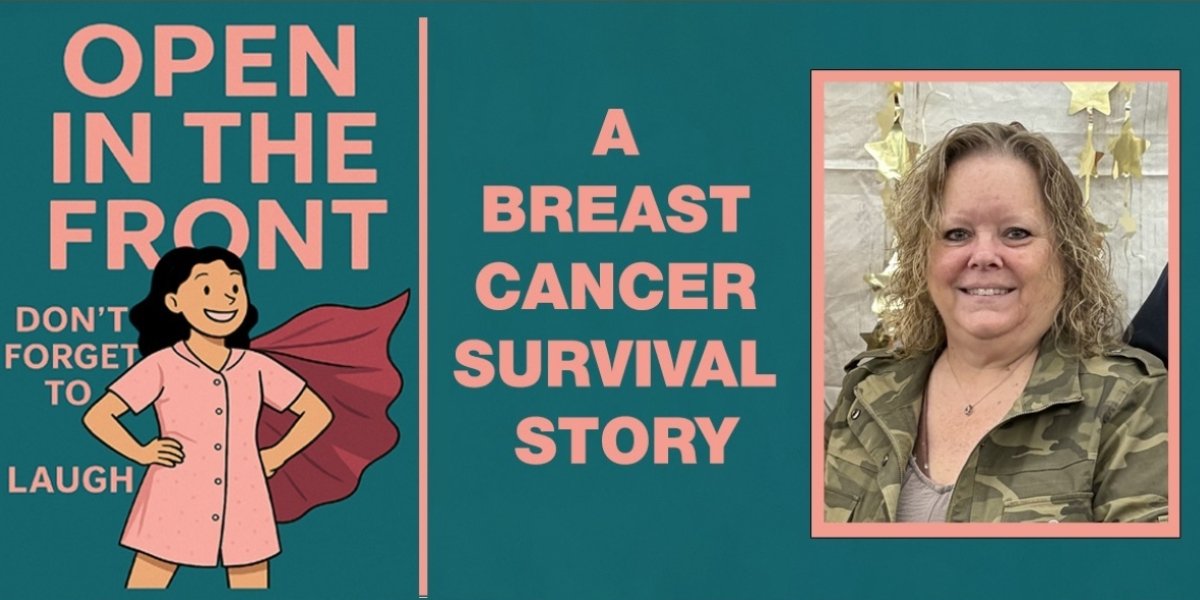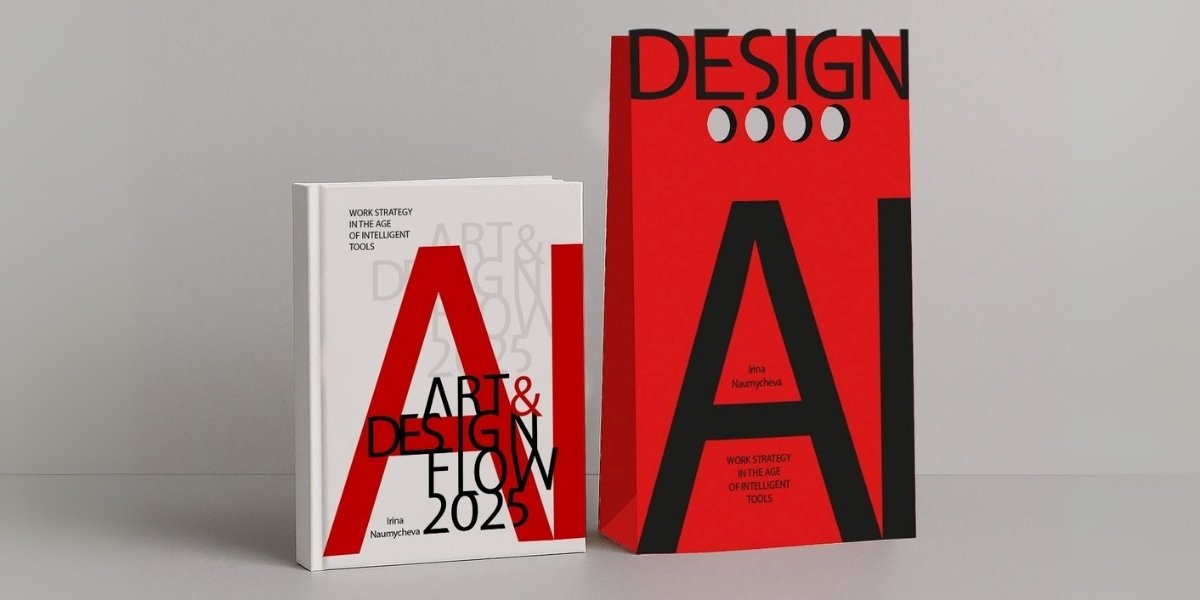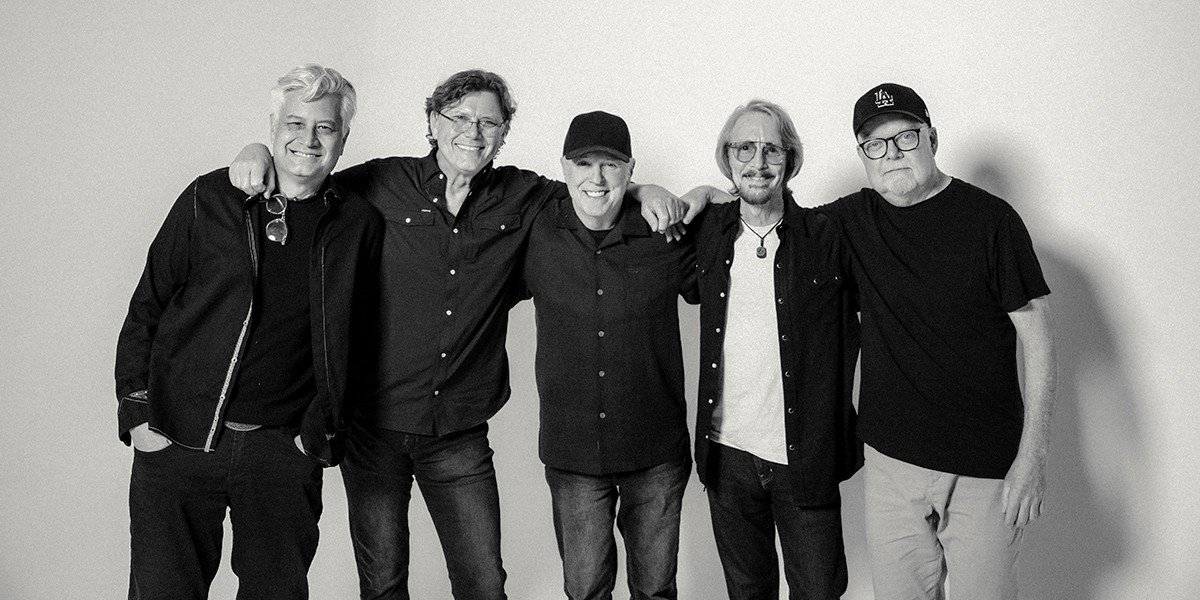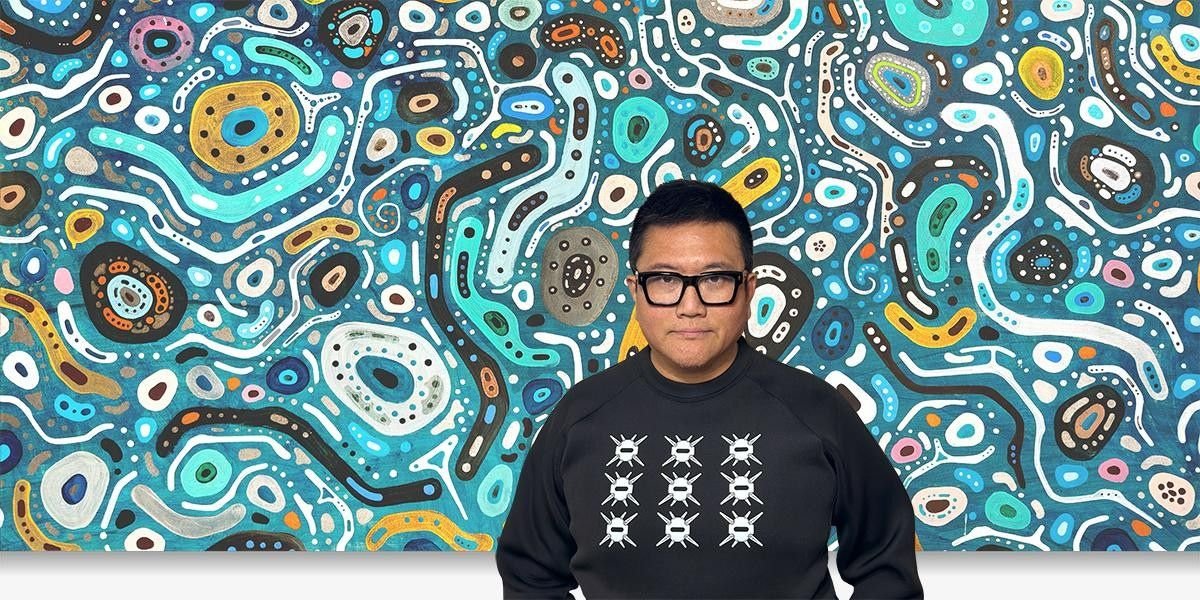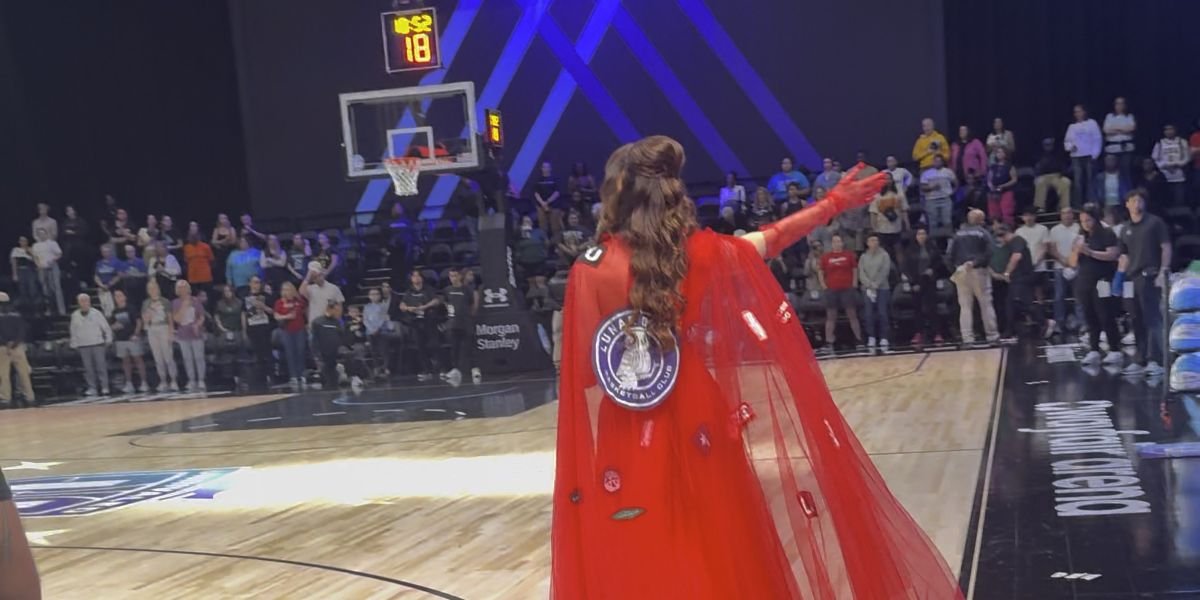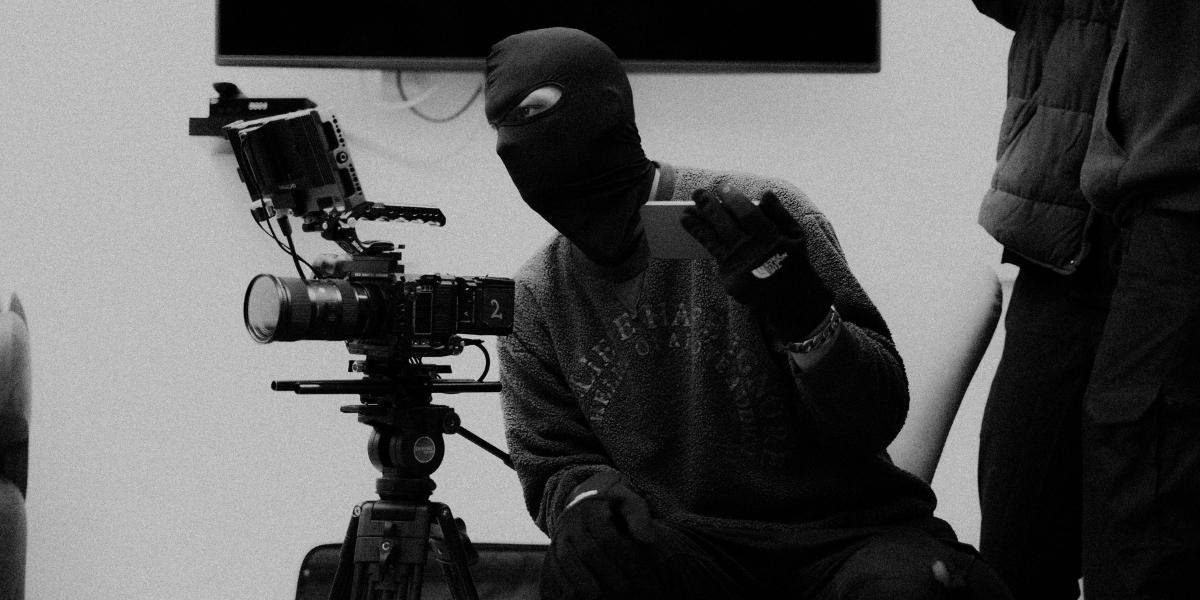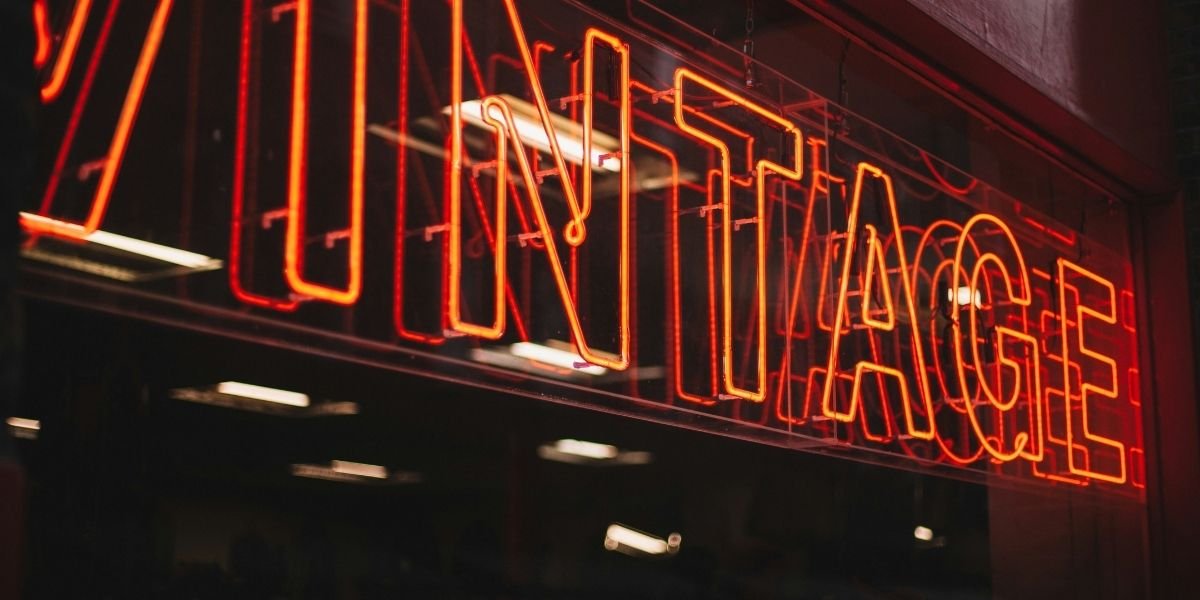The Vision of Alexander: A Constant Drive for Innovation
The name Alexander resonates with an enduring legacy of art that defied traditional boundaries. Born with an insatiable drive to create, Alexander’s work spanned multiple mediums, from sculpture and painting to holography and 4-dimensional artworks. However, it was not merely the diversity of his creations that set him apart; it was his ambition to be at the forefront of innovation in art. Alexander’s continuous quest for novel approaches to creativity was grounded in his belief that the art world had become stagnant and needed fresh ideas and techniques.
This desire for newness and originality was first expressed in 2015 when, after attending a contemporary art expo at Barker Hanger in Santa Monica, CA, he voiced his disillusionment with the exhibition to art writer and curator Peter Frank. For Alexander, the show was a “mediocre hodgepodge of historical redundancy,” leaving him disappointed by the lack of anything genuinely groundbreaking. He felt that the art world needed a radical shift that could break away from repetition and spark true innovation.
The Emergence of Post Contemporary Art

Photo Courtesy: Alexander / Douglas Jensen
In response to his discontent with the art scene, Alexander embarked on an ambitious artistic journey, developing a new genre of art he referred to as “Post Contemporary.” This movement was not merely a reaction to the established norms but a deliberate effort to push the boundaries of artistic expression. His works aimed to present something novel and create a platform for other artists to explore and expand upon their own ideas in ways that had never been done before.
Over the last ten years, Alexander produced over 350 pieces in this genre. His relentless pursuit of innovation was reflected in his creations, which ranged from holographic paintings and sculptures to 4-dimensional works and the world’s first holographic movie that could be viewed without special glasses. His experimentation with holography and other multimedia forms broke away from traditional art, enabling audiences to experience art in dynamic and unprecedented ways.
Notable Artworks and Exhibitions
Alexander’s work appeared in numerous prestigious group exhibitions throughout his life, further solidifying his place in the art world. His major solo exhibition in 1993 at the Seoul Art Center Museum in South Korea under the British Consul highlighted the global recognition he had achieved. Although he became more reclusive in the following years, his influence continued to grow through group exhibitions, such as those held at the Albermarle Gallery in London, the Tufenkian Gallery in Glendale, CA, and the Kavli Gallery at the Bank of America Performing Arts Complex in Thousand Oaks, CA.

Photo Courtesy: Alexander / Douglas Jensen
One significant aspect of Alexander’s legacy is his monumental sculptures installed in various locations. These included sculptures like “Uranus” and “Curved Air” at the Bank of America Performing Arts Center, as well as “Oracle in Stone” at the entrance to the Brimhall Library in Thousand Oaks, CA. Another piece, “The Cross,” was dedicated to Oaks Christian Academy in Westlake, CA. These large-scale installations served as physical manifestations of Alexander’s commitment to expanding the possibilities of sculpture and art.
A New Chapter: The Alexander Retrospective
Alexander’s lifelong dedication to innovation culminates in the Alexander Retrospective, an upcoming exhibition that promises to showcase a wide array of his groundbreaking works. The retrospective will feature more than 350 pieces, including holographic artworks, 4-D pieces, sculptures, holo-paintings, and the aforementioned holographic movie. This exhibition will be hosted at the VEFA Gallery, an expansive 8,000-square-foot space built and managed by Dr. Joseph and Katherine Anderson.
The retrospective will celebrate Alexander’s life and work and provide a platform for future generations of artists to engage with and build upon his pioneering ideas. The VEFA Gallery, located in Torrance, California, is an ideal setting for this comprehensive display of Alexander’s works, making his creative legacy continue to inspire.

Photo Courtesy: Alexander / Douglas Jensen
Continuing the Legacy
The drive to create art that pushes the limits of imagination and possibility is what defined Alexander’s career. While his reclusive nature meant that he spent much of his later years quietly refining his craft, his influence on the art world remains profound. Alexander’s work continues to be a testament to the importance of innovation in the arts, and his ambition to break away from historical repetition has left an indelible mark on the creative community.
The Alexander Retrospective provides a unique opportunity to experience firsthand the depth of his contributions to contemporary art. For those who wish to explore more about Alexander’s work or plan a visit to the exhibition, additional information can be found on the VEFA Gallery’s official website at www.vefagallery.com. The gallery, directed by Jonathan Anderson, remains committed to celebrating art that challenges conventional boundaries and encourages the growth of new artistic ideas.
In reflecting on Alexander’s contributions to the art world, it is clear that his legacy is not merely one of impressive individual achievements but also lays the groundwork for future artists to build upon. Through his tireless pursuit of new artistic forms, Alexander has left a lasting impact that continues to inspire and push the boundaries of creativity.
Published by Jeremy S.




